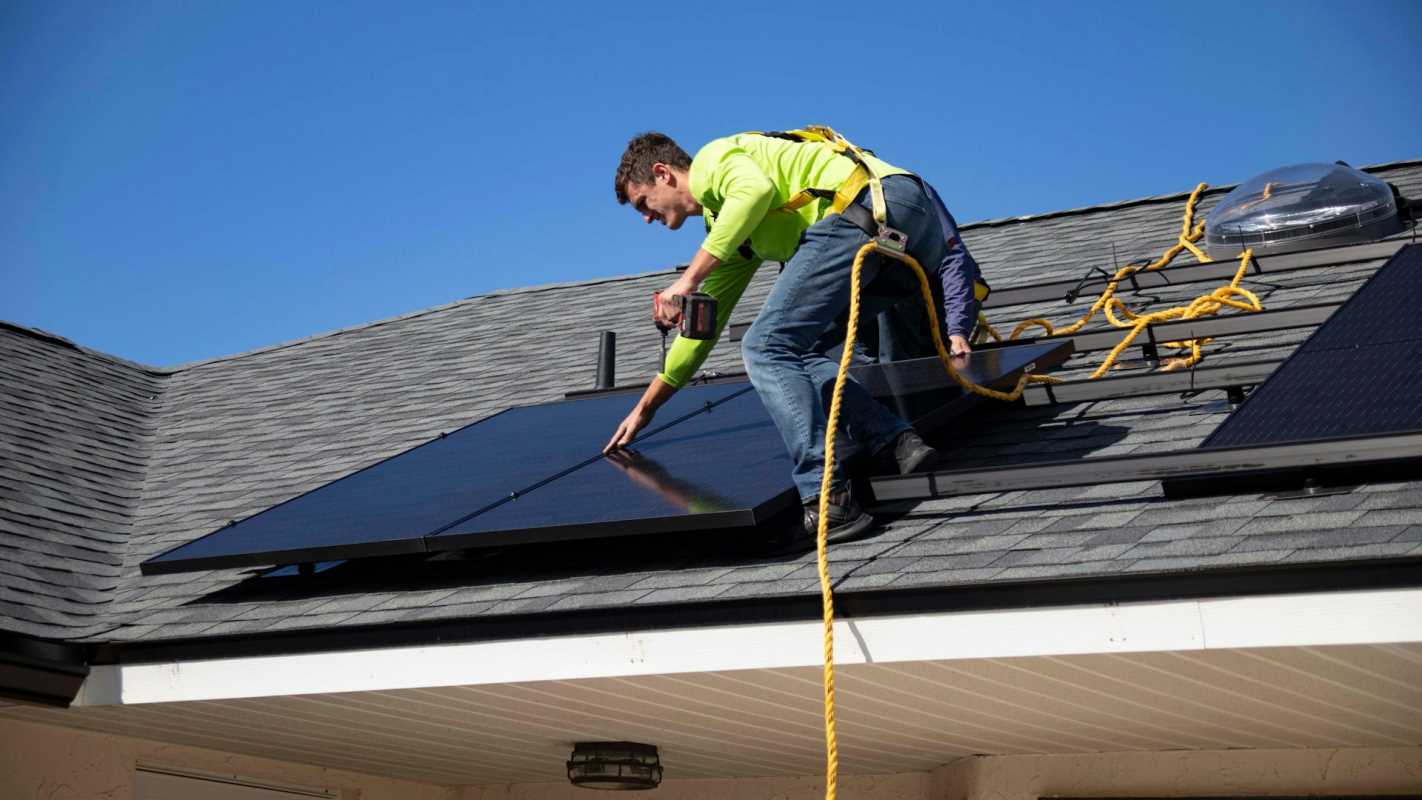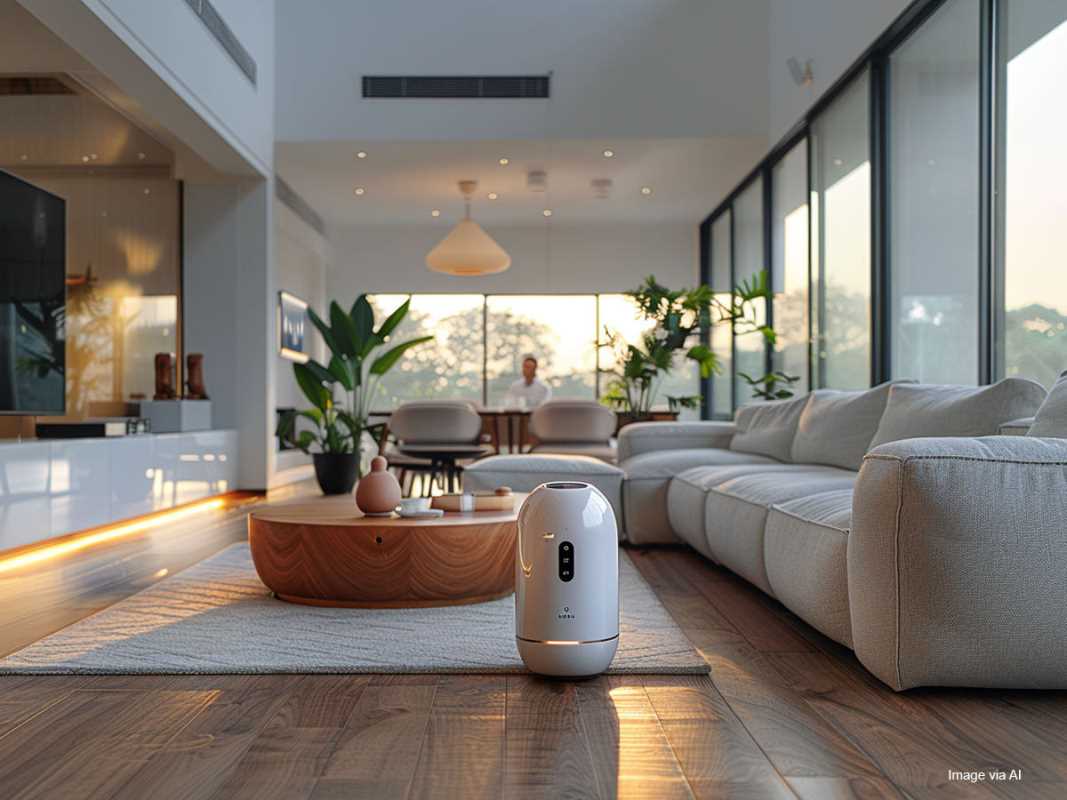Your home's HVAC system and roof work tirelessly to keep you comfortable and protected year-round. But like any hard-working system, they need regular care to stay in top shape. Without upkeep, small issues can snowball into costly repairs, leaving you with uncomfortable indoor conditions or unexpected repairs.
Creating a monthly maintenance routine is the best way to ensure your HVAC and roof stand the test of time while keeping your energy bills and repair costs under control. This guide will help you tackle essential tasks for both systems with ease.
Why Monthly Maintenance Matters
Regular care provides several benefits beyond peace of mind. Here’s why a little effort each month goes a long way:
- Extend Lifespan: Proper maintenance keeps systems running efficiently, preventing premature breakdowns.
- Save Money: Spotting and fixing small problems early avoids costly repairs or replacements.
- Increase Efficiency: Well-maintained systems use less energy, reducing monthly utility bills.
- Prevent Emergencies: Regular checks minimize the risk of sudden outages or leaks when you need these systems most.
Now, let's break down what you need to do each month for your HVAC system and roof.
HVAC Maintenance: Keeping Your Comfort Systems in Check
Your HVAC (Heating, Ventilation, and Air Conditioning) system works hard to maintain a comfortable indoor environment, but even the best systems need regular attention. Here are monthly tasks to keep your system in peak condition.
1. Inspect and Replace Air Filters
Air filters trap dust, pollen, and debris, keeping the air in your home clean. Clogged filters force your system to work harder, reducing efficiency and increasing energy costs.
What to Do:
- Check your filter once a month for dust buildup.
- Replace filters every 30-90 days, depending on the type and your household environment (e.g., homes with pets may need more frequent changes).
- Upgrade to HEPA filters for improved air quality, especially if you suffer from allergies.
2. Clean Vents and Registers
Blocked or dirty vents can restrict airflow, making your HVAC system work overtime.
Steps:
- Use a vacuum attachment to remove dust and debris from vents and registers.
- Wipe down vent covers with a damp cloth.
- Make sure furniture or curtains aren’t blocking registers.
3. Check the Thermostat
A properly functioning thermostat ensures your HVAC system operates efficiently.
Checklist:
- Verify that your thermostat is set to the correct temperature.
- If you use a programmable thermostat, review schedules to ensure they fit your current needs.
- For smart thermostats, check for firmware updates to keep features running smoothly.
4. Inspect Outdoor Units
Your outdoor condenser unit is exposed to the elements, and keeping it clean is essential for efficient operation.
Maintenance Tips:
- Clear away leaves, grass, and debris at least a foot away from the unit.
- Check that vegetation or bushes aren’t obstructing airflow.
- Use a garden hose to gently clean the unit fins, but avoid high-pressure sprays that can damage components.
5. Listen for Unusual Sounds
Pay attention to how your HVAC system sounds while running. Unusual noises, like grinding or squealing, can indicate mechanical issues. If noticed, schedule a professional inspection right away.
6. Look for Signs of Moisture
Moisture or water pooling around your HVAC system might signal a clogged condensate drain or refrigerant leak.
Steps:
- Check the area around your unit for any leaks.
- Flush the condensate drain line with a mixture of vinegar and water to prevent clogs.
Roof Maintenance: Protecting Your Home from the Top Down
Your roof is your home’s first line of defense, guarding against the elements. A little monthly attention helps prevent minor damages from becoming major headaches.
1. Inspect Shingles and Flashing
Storms, wind, and temperature changes can damage shingles and flashing, increasing your risk of leaks.
What to Check:
- Look for missing, curled, or cracked shingles.
- Check metal flashing around chimneys, vents, and skylights for loose or damaged sections.
- Address minor repairs promptly to prevent further damage.
2. Check for Signs of Water Damage
Early detection of roof leaks can save your home from extensive water damage.
Signs to Watch For:
- Stains or water spots on ceilings or walls.
- Mold or mildew growth near the attic or top-floor interior.
- Check the attic for damp insulation or beams.
3. Clear Gutters and Downspouts
Clogged gutters prevent water from draining properly, leading to potential leaks or damage to your roof’s foundation.
What to Do:
- Remove leaves, twigs, and debris from gutters and downspouts.
- Check for sagging or disconnected sections.
- Consider installing gutter guards to reduce debris buildup.
4. Trim Overhanging Branches
Tree branches that hang over your roof can drop leaves, break shingles, or even puncture your roof during storms.
Steps:
- Trim back branches to keep them at least 3 feet away from your roof.
- Remove any dead branches close to your home to minimize risks.
5. Look for Pest Activity
Birds, squirrels, and insects can cause significant damage to your roof if left unchecked.
Check For:
- Holes or chewed areas in the roof or soffits.
- Nesting materials in gutters or vents.
- Contact a pest control professional if you notice signs of infestations.
6. Examine Skylights and Chimneys
Skylights and chimneys are common sources of leaks if not properly sealed.
What to Inspect:
- Check for cracks in skylight glass or caulking around the edges.
- Inspect chimney bricks for crumbling and ensure the cap is secure.
- Reseal as needed to maintain watertight protection.
Combining HVAC and Roof Maintenance Tasks
While both systems require individual care, some tasks complement each other and can be done together for efficiency.
- Seasonal Shift: Before switching between heating and cooling seasons, check your HVAC and roof for any weather-related wear and tear.
- Storm Aftercare: Following a major storm, inspect both your roof and outdoor HVAC unit for damage or debris.
Maintaining your HVAC system and roof on a monthly basis may seem like a small task, but it has a big impact on your home’s comfort, safety, and value. By dedicating just a little time each month to these essential checks and updates, you’ll save money on energy bills, avoid costly repairs, and ensure your home stays in top condition for years to come.
 (Image via
(Image via

.jpeg)



